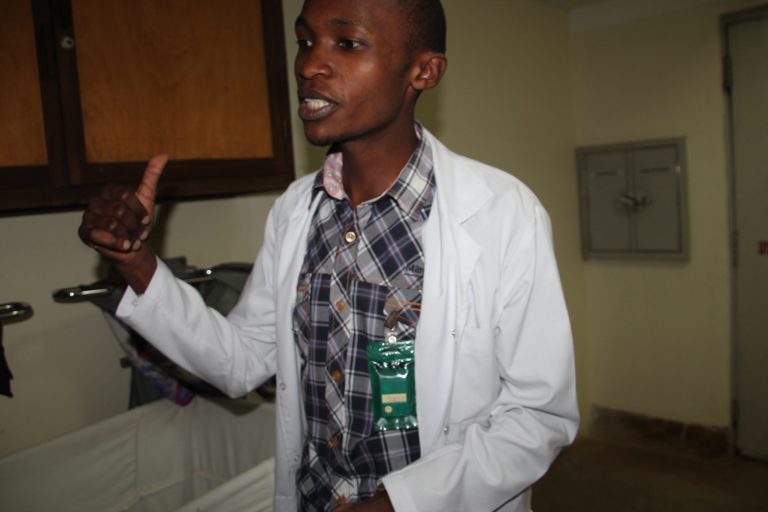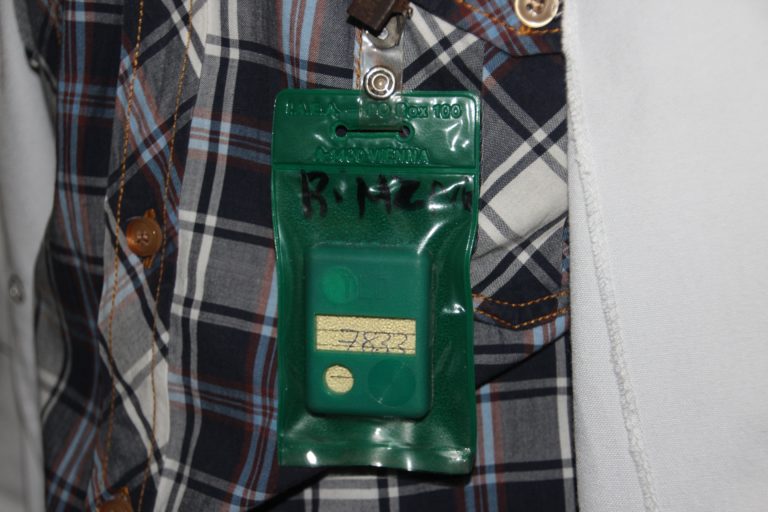Home / Business & Management / HR / Occupational Health in Developing Countries / Ionizing Radiation Exposure
This article is from the free online
Occupational Health in Developing Countries


Reach your personal and professional goals
Unlock access to hundreds of expert online courses and degrees from top universities and educators to gain accredited qualifications and professional CV-building certificates.
Join over 18 million learners to launch, switch or build upon your career, all at your own pace, across a wide range of topic areas.


 Dose tag for surveillance of the X-ray exposure of a radiologist. It is important that the radiologist wears the dose-tag at all times during their work, otherwise the dose level will be under-estimated in the analysis of the film inside the dose tag. © G. Tjalvin
Dose tag for surveillance of the X-ray exposure of a radiologist. It is important that the radiologist wears the dose-tag at all times during their work, otherwise the dose level will be under-estimated in the analysis of the film inside the dose tag. © G. Tjalvin

